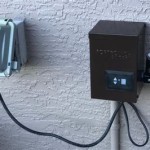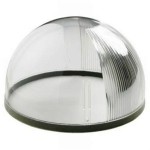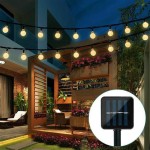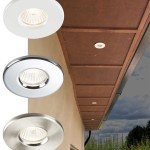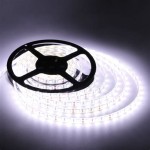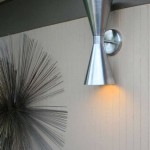Essential Aspects of LED Light for Outdoor Photography
The advent of LED (Light-Emitting Diode) technology has revolutionized the field of outdoor photography, offering a multitude of benefits over traditional light sources. Understanding the essential aspects of LED light can help you harness its potential to capture stunning images in the great outdoors.
Color Temperature and Accuracy
LEDs emit light at specific color temperatures measured in Kelvins (K). The color temperature determines the warmth or coolness of the light. For outdoor photography, daylight-balanced LEDs with a color temperature around 5600K are ideal as they mimic natural sunlight and produce accurate colors.
Brightness and Output
The brightness of LED lights is measured in lumens, and the output indicates the total amount of light emitted. Higher lumens result in brighter light, which is crucial for illuminating subjects in low-light conditions or creating dramatic effects. However, it's important to note that excessive brightness can cause glare or overexposure.
Beam Angle and Spread
The beam angle refers to the cone-shaped area illuminated by the LED light. Narrow beam angles produce a focused beam of light, while wider beam angles provide more diffused illumination. Choosing the appropriate beam angle depends on the desired lighting effect.
Portability and Durability
LED lights designed for outdoor photography are often portable and lightweight, making them easy to carry and set up in various locations. Additionally, LEDs are highly durable and can withstand harsh outdoor conditions, including moisture, dust, and extreme temperatures.
Battery Life and Power Options
Outdoor LED lights typically run on batteries or rechargeable power sources. Consider the battery life and charging options when selecting an LED light to ensure it meets your shooting needs. Some LEDs also offer AC power adapters for use in conjunction with wall outlets.
Controllability and Flexibility
Advanced LED lights offer various control options, such as dimming, color temperature adjustment, and remote control. This flexibility allows you to customize the lighting according to your creative vision and adjust it to changing conditions in the outdoors.
Practical Applications of LED Light in Outdoor Photography
LED lights provide numerous advantages in outdoor photography:
- Fill light in shaded areas or during twilight
- Main light source for night photography
- Creative effects such as light painting or illuminating specific elements
- Lighting for wildlife photography without disturbing subjects
- Portable lighting for remote locations or hiking adventures
By considering the essential aspects of LED light for outdoor photography, you can make informed decisions when selecting the right equipment and harness its potential to capture exceptional images that showcase the beauty of the natural world.

Mini Portable Diving Fill Light Gopro Outdoor Photography Lights Led Lighting Dual Use Full Color Rgb Ambient For Underwater Adventure Surfing Swimming And Other Water Sports Kentfaith

St 60w Photography Light With Remote Control Dimmable Continuous Lighting Bowens Mount For Recording Wedding Outdoor Eu Plug Kentfaith

How To Improve Your Photography With Gvm Led Lights Official Site

100w Cob Studio Led Light Photography Bi Color 3000 6000k Dimmable Brightness Cri 95 For Live Stream Outdoor Portrait Shooting Com

St 60w Photography Light With Remote Control Dimmable Continuous Lighting Bowens Mount For Recording Wedding Outdoor Eu Plug Kentfaith

Godox Wl4b Waterproof Led Light For Underwater Outdoor Shooting Pre Pergear

Alpine Corporation Set Of 1 Warm White Outdoor With 3 Led Lights For Water Features And Garden Led9003t The Home Depot

Alpine Corporation Set Of 1 Warm White Outdoor With 3 Led Lights For Water Features And Garden Led9003t The Home Depot

Multi Colored Rgb Rgbw Led Landscape Flood Light 120v

Zsyb Cl 60bi Bi Color Led Light Handheld Outdoor Photography Lights Lamp
Related Posts

